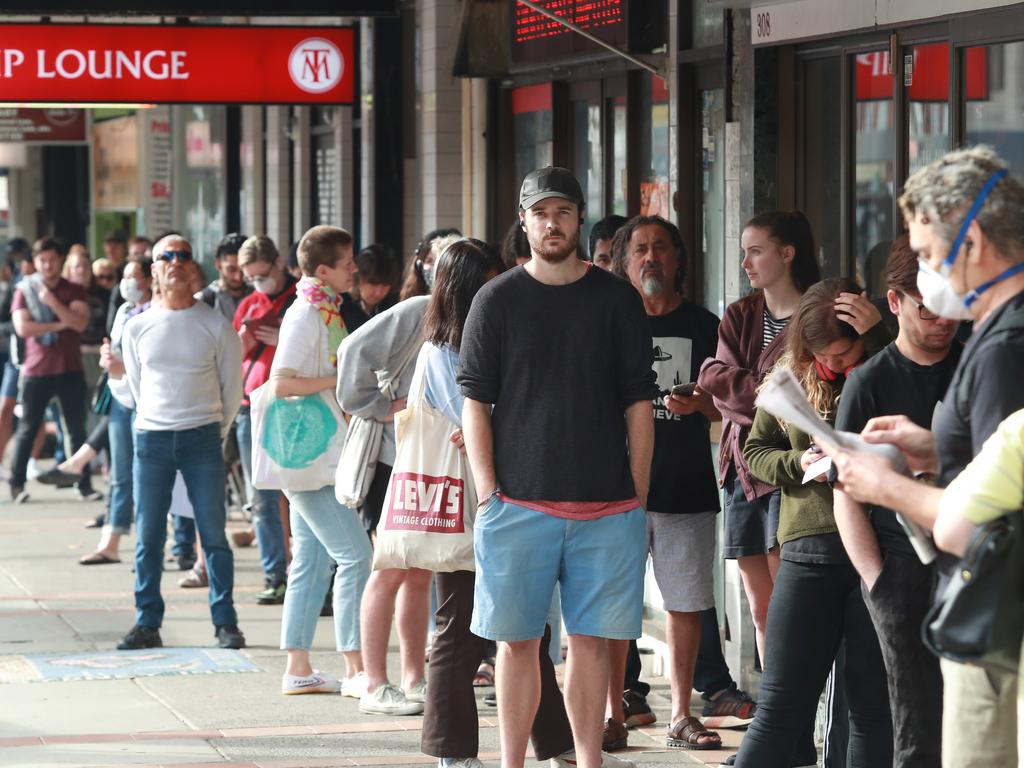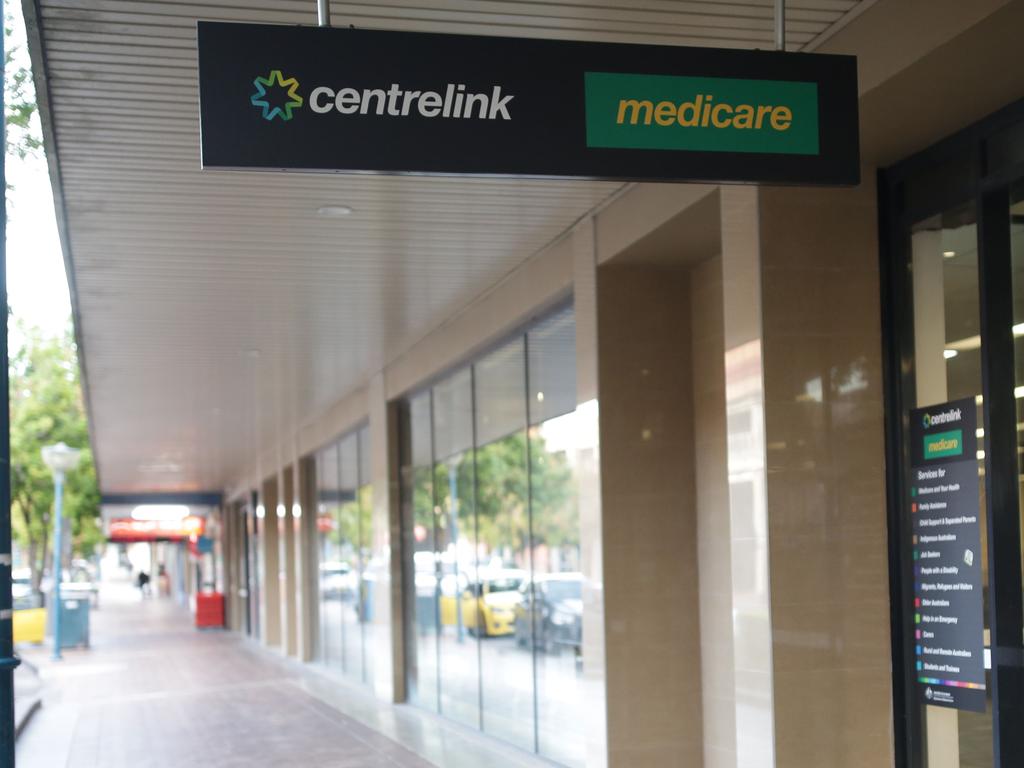JobSeeker payment slash would see three in four unemployed Aussies forced to skip meals
There’s a devastating statistic that will have dire consequences for more than 1.6 million Aussies if the PM’s JobSeeker “snapback” goes ahead.
It’s a devastating hidden statistic weighing on the mind of the Prime Minister as he considers a “snapback” to a $40-a-day dole.
Three in four unemployed Australians forced to survive on the old $275-a-week dole were forced to skip meals or couldn’t afford fresh fruit and vegetables.
Now, there are fears this is the grim future that more than 1.6 million Australians face when the JobSeeker payment is slashed at the end of September.
Just over two months ago, the Jobseeker payment was doubled to $550 to help thousands of workers who lost their jobs in the coronavirus pandemic.
RELATED: The Aussies hit hardest by job losses
RELATED: Call to kick protestors off JobKeeper

At the time, the PM stressed that the increase was temporary and that the dole would return to normal in late September.
But now, as the ranks of the unemployed swell when the Morrison Government also axes the JobKeeper wage subsidy in September, more Australians will be forced to live in poverty.
In a survey of almost 1000 Australians who rely on JobSeeker, the Australian Council of Social Service has found that 9 out of 10 people reported that the removal of the new JobSeeker rate would have a significant or extreme impact on their ability to cover the cost of essentials.
Many of the respondents previously relied on the old rate of JobSeeker, revealing the incredible impact that lifting the payment had on their day to day lives.
Melbourne mother, Mandy, said, “Until they announced the coronavirus Supplement, I was honestly terrified. I didn’t know what we were going to do for money. I was selling things to keep us going.
“Having the Supplement is making a huge difference – it’s not a luxury, we can now cover the basics. I lose sleep thinking about when it ends. We’ll go back to paying less of our power and water bills, eating less, we won’t be able to afford medication for everyone in the house,” said Mandy.

Rita in Adelaide told ACOSS that the increased JobSeeker payment was allowing her to finally eat regular meals.
“My fridge is full, my freezer is full – I can eat every day, mostly three meals a day,” she said. “Before, I usually only ate one meal per day and there were always 3-4 days in the fortnight when I wouldn’t eat at all.
“Now I can afford shampoo, moisturiser and deodorant. I can do a plan to pay off my electricity bill, I’m even thinking of getting a no-interest loan to buy a new fridge.”
According to ACOSS, 93 per cent said they were now able to afford fresh fruit and vegetables.
Prior to the supplement, 74 per cent of survey respondents revealed they skipped meals.
One in three of those who did skip meals revealed they often went an entire day without eating at the end of each fortnightly cycle.
Nearly 70 per cent said they were now able to pay for essential medical and health treatments.
Australian Council of Social Service CEO Dr Cassandra Goldie warned that slashing the dole would have a devastating impact on millions of people.

“Our survey shows that the increased JobSeeker rate is allowing people to cover the basic essentials of life. Unlike when they were really struggling to get by on the old Newstart rate of just $40 a day, people now don’t have to skip as many meals and are now able to buy fresh fruit and vegetables, while paying their rent and bills,’’ she said.
“The survey makes it clear we can’t go back to where we were – when people were struggling to survive on $40 per day which is just not enough to live, let alone to cover the basics.
“We need to permanently increase JobSeeker and Youth Allowance so that people have enough to cover the basics,” said Dr Goldie.
Business leaders including the Australian Chamber of Commerce and Industry are also calling on the Morrison Government to extend the $1500 a fortnight Job Keeper wage subsidy for some industries. The wage subsidy also expires in September.
“Although the unemployment figures released last week are alarming, they would have been undoubtedly worse without JobKeeper in place,” ACCI’s James Pearson said.
“People in business are using JobKeeper to stay afloat and keep employees on, even with reduced hours.”




